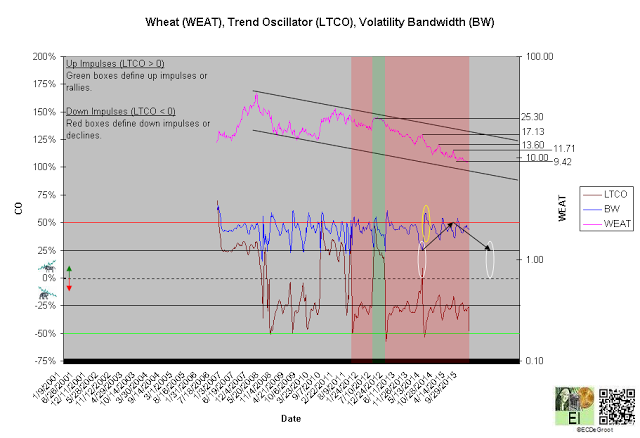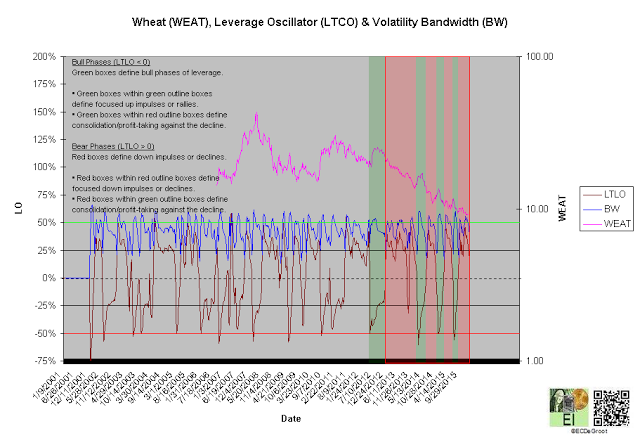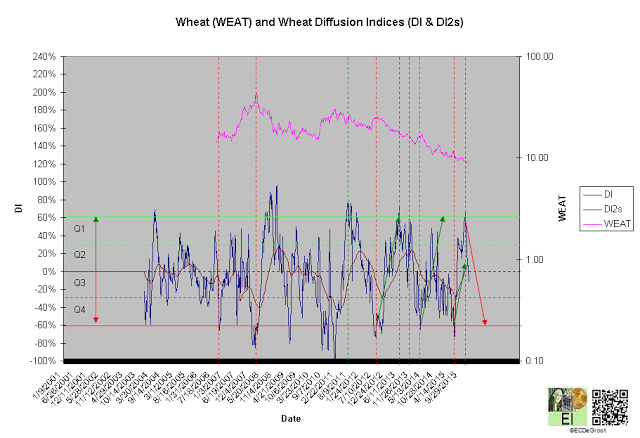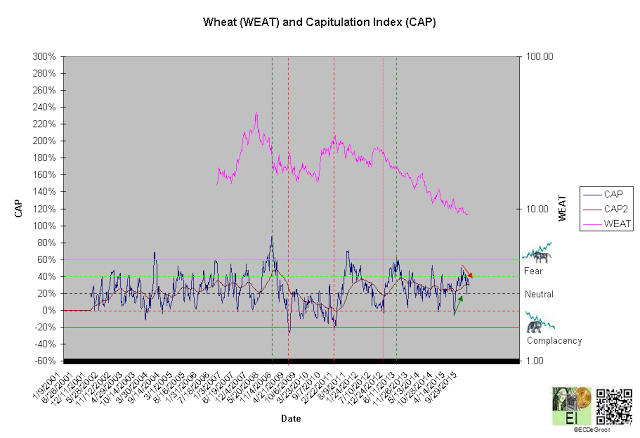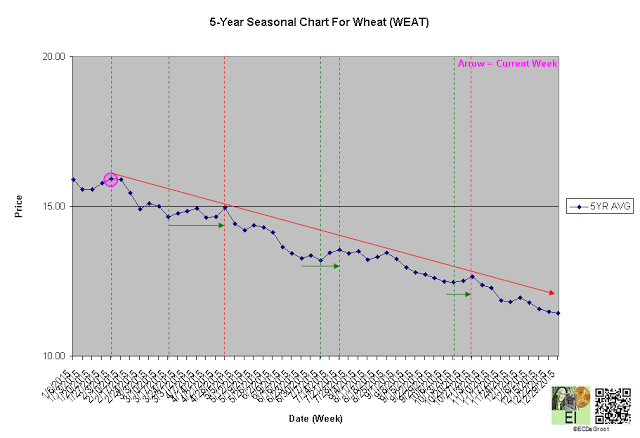World ending stocks were raised from 226.56 metric tons to a new record high of 228.49 million metric tons. This increases was aided by increases with exporters like the European Union and Australia. Wheat recent rally attempt likely reflects growing concerns about U.S. wheat production and increasing dry conditions in other wheat-producing countries as a result of the El Nino effect. Market chatter sees this as supporting wheat's rally attempt.
The invisible hand, however, advises skepticism toward bullish interpretations. The return of technical strength in the U.S. dollar, an inevitable outcome within the evolving global debt crisis, will dampen not only wheat but also the entire commodity sector.
Investors, largely driven by emotions rather than discipline, tend to focus on volatility rather than the message of the market. This tendency prevents them from recognizing better opportunities in quieter markets.
Insights constructs and interprets the message of the market, the flow of sentiment, price, leverage, and time in order to define trends within the cycle of accumulation and distribution for subscribers.
Summary
The BEAR (Price) and BEAR (Leverage) trends under Q2 accumulation as seasonal high approaches on the first week of February position wheat as an aging bear bear opportunity.
Price
Interactive Charts: WEAT, WHEAT
A negative long-term trend oscillator (LTCO) defines a down impulse from 15.95 to 9.20 since the second week of May 2014 (chart 1). The bears control the trend until reversed by a bullish crossover. Compression (white circles) within the CEC cycle generally anticipates this change.
A close above 13.60 jumps the creek and transitions the trend from mark down to cause.
Chart 1
Leverage
A positive long-term leverage oscillator (LTLO) defines a bear phase since the second week of September 2015 (chart 2). The focuses the down impulse (see price).
A diffusion index (DI) of -12% defines Q2 accumulation (chart 3). A capitulation index (CAP) of 28% suggests a slightly more neutral message (chart 4). DI and CAP's trends, broader flows of leverage and sentiment from extreme accumulation (green dotted line) to distribution and fear to complacency supporting the bulls (red arrows), should not only continue to extreme concentrations but also restrain downside expectations until reversed (see price). Continuation of the decline under these trends, a sign of weakness (SOW), would be bearish for wheat longer-term.
Chart 2
Chart 3
Chart 4
Time/Cycle
The 5-year seasonal cycle defines weakness until the first week of February (chart 5). This seasonal path of least resistance restrains upside expectations over the short-term (see price).
Chart 5

